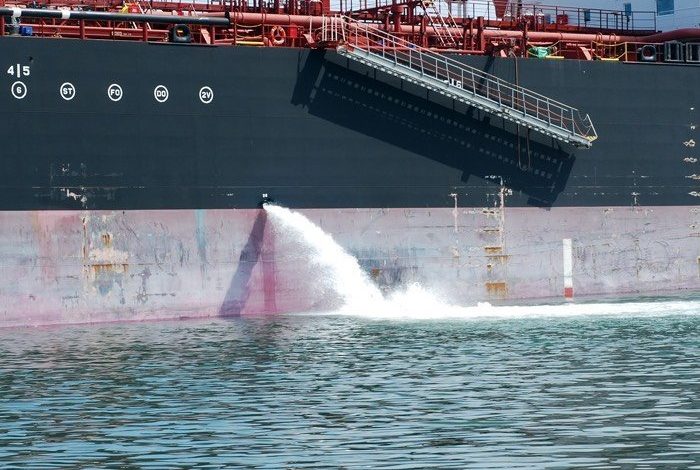Up to four out of five ballast water treatment systems are faulty: Intertanko

As many as four out of five ballast water treatment systems (BWTSs) operated by Intertanko members have experienced problems.
Speaking at a conference in Singapore today, Tim Wilkins, the environmental director at the international tanker owner organisation, said between 60 to 80% of BWTSs installed on members’ ships had suffered a range of problems in operation.
“The 60-80% figures came about after members began using the systems more frequently and began to realise that although they may be operating and ballasting is occurring, the system wasn’t necessarily treating as desired,” Wilkins told Splash today.
Wilkins said the problems owners were having with BWTSs may well be replicated with scrubbers.
“As with any new technology placed onboard I think we can expect some teething problems,” Wilkins said, pointing out that a large proportion of BWTS problems have been associated with sensor failures.
“We can also assume that, with the need for sensors on scrubbers, we may experience similar types of sensor related problems. However, contingency measures for scrubbers would perhaps be a little more straightforward than for ballast water systems, for example, using compliant fuel,” Wilkins said.

On my last vlcc, the BWTS was filtering and chlorinating type : very sophisticated (main manual only is over 900 pages) and very delicate with an impressive number of limits giving a lot of troubleshooting and with operating limits quite important (salinity and seawater temperature) and even not expected by manufacturers (system unusable with muddy waters). The system to work in automatic mode needed all the equipment (sensors, flowmeters and switches) operational and in good order otherwise it was unfeasible. Critical spare parts needed, as well.
Maintenance challenging and very expensive, as well, and needful of plenty manpower and knowledge particularly for the backflushing filters.
Another issue is training : no training was given to crew from manufacturer during delivery, so all know-how had to be gained by officers with self-instruction, by reading manuals and practice.
Cooperation between engine and deck departments is really Paramount.